2013
Type of resources
Available actions
Topics
Keywords
Contact for the resource
Provided by
Years
Formats
Representation types
Update frequencies
Service types
Scale
Resolution
-
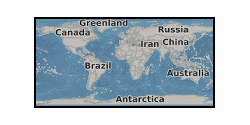
Controlled CO2 release experiments and studies of natural CO2 seeps have been undertaken at sites across the globe for CCS applications. The scientific motivation, experimental design, baseline assessment and CO2 detection and monitoring equipment deployed vary significantly between these study sites, addressing questions including impacts on benthic communities, testing of novel monitoring technologies, quantifying seep formation/style and determining CO2 flux rates. A review and synthesis of these sites studied for CCS will provide valuable information to: i. Enable the design of effective monitoring and survey strategies ii. Identify realistic site-specific environmental and ecosystem impact scenarios iii. Rationalise regulatory definitions with what is scientifically likely or achievable iv. Guide novel future scientific studies at natural or artificial release sites. Two global databases were constructed in Spring 2013, informed by a wide literature review and, where appropriate, contact with the research project leader. i. Artificial CO2 release sites ii. Natural CO2 seeps studied for CCS purposes The location and select information from each of these datasets are intended to be displayed as separate GoogleMap files which can be embedded in the QICS or UKCCSRC web server. These databases are not expected to be complete. Information should be added as more publications or become available or more case studies emerge or are set up. To facilitate this process, a contact email should be included beneath the map to allow viewers to recommend new or overlooked study sites for the dataset. Grant number: UKCCSRC-C1-31. These data are currently restricted.
-
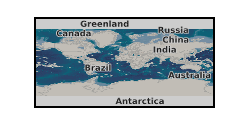
The data consists of an extended abstract submitted to the '8th Trondheim Conference on CO2 Capture, Transport and Storage', Trondheim, Norway, 16-18th June 2015. The abstract describes work carried-out on behalf of the 'Fault seal controls on CO2 storage capacity in aquifers' project funded by the UKCCS Research Centre, grant number UKCCSRC-C1-14. The Captain Sandstone saline aquifer has a potential to store large volumes of CO2 as part of greenhouse gas mitigation strategies, however it is known to be affected by regional faults, some of which extend to the seabed. An in situ stress analysis is performed in order to deduce the stresses affecting these faults and to assess their geomechanical stability.
-
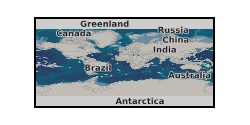
This poster on the UKCCSRC Call 1 project, Determination of water Solubility in CO2 Mixtures, was presented at the Cambridge Biannual, 02.04.14. Grant number: UKCCSRC-C1-21.
-
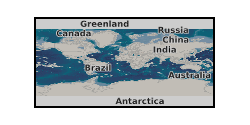
Data from the British Geological Survey's GeoIndex Offshore (cultural data) theme are made available for viewing here. GeoIndex is a website that allows users to search for information about BGS data collections covering the UK and other areas world wide. Access is free, the interface is easy to use, and it has been developed to enable users to check coverage of different types of data and find out some background information about the data. More detailed information can be obtained by further enquiry via the web site: www.bgs.ac.uk/geoindex.
-
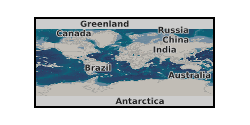
The data consists of a presentation presented at the UKCCSRC biannual meeting in Cranfield, April 20th 2015. The presentation describes an overview of work carried-out on behalf of the 'Fault seal controls on CO2 storage capacity in aquifers' project funded by the UKCCS Research Centre, grant number UKCCSRC-C1-14. Three main work strands are briefly described: 1) The Captain Sandstone aquifer is studied for the geomechanical integrity of faults, 2) Shallow gas accumulations in the Netherlands sector of the Southern North Sea provide an opportunity to study their coincidence with faulting while commonalities in the nature of the faults provide an indication of factors that might lead to fault leakage in CO2 storage sites. 3) The Fizzy gas field which is naturally rich in CO2 is studied for its fault seal potential as a natural analogue for fault-bounded storage sites.
-
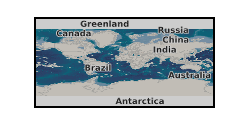
This presentation on the UKCCSRC Call 1 project, Tractable Equation of State for CO2 Mixtures, was presented at the Cranfield Biannual, 22.04.15. Grant number: UKCCSRC-C1-22.
-
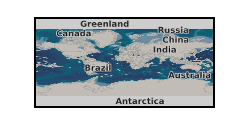
The project will three-dimensionally image hydraulically conductive features in the reservoir, caprock and overburden of an active CO2 injection site: the Aquistore site, Canada. Our research will provide important information on potential migration pathways within the storage complex to inform future monitoring strategies at the Aquistore site and at future storage sites. We will monitor micro-seismic events prior to, and during, CO2 injection using a three-component nanoseismic surface monitoring array which will complement data collected by the existing geophone network at the site. This analysis can be used to provide deep focussed monitoring information on permeability enhancement near the injection point. As injection continues it will also enable imaging of any flowing features within the caprock. Grant number: UKCCSRC-C1-19.
-

This poster on the UKCCSRC Call 1 project 3D Mapping of Large-Scale Subsurface Flow Pathways using Nanoseismic Monitoring was presented at the CSLF Call project poster reception, London, 27.06.16. Grant number: UKCCSRC-C1-19. Injection of fluids into geological formations induces microseismic events due to pressure changes causing either opening mode or shear mode fracturing. Injection for CO2 storage is designed to be well below the pressures required for hydraulic fracturing. Due to the inherent heterogeneity of geological formations, some existing structures will be critically stressed so small microseismic events are inevitable. Current reservoir monitoring strategies either examine time-lapse variations in the rock’s elastic properties (4D seismic) over diffuse areas, or aim to detect leakage from diffuse and point sources at the seabed (e.g. the QICS project). The aim of the project is twofold: • test the potential of a new technology (nanoseismics) for passive seismic monitoring that aims to image focused flow pathways at depth of an active CO2 injection site: the Aquistore site, Canada; • use a multi-disciplinary approach to interpret passive seismic data sets obtained during operation of the same site.
-
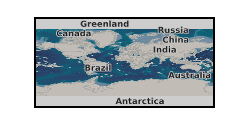
This review details the laboratory experiments that have investigated leakage of geologically stored CO2 (as of June 2013). These experiments have covered a range of leakage factors. Knowledge of these factors can both compliment and help inform any future experiments at the QICS site. As such, the report details what experiments have been performed in the lab to date, how lab experiments can inform QICS and how QICS could inform laboratory experiments. Grant number: UKCCSRC-C1-31.
-
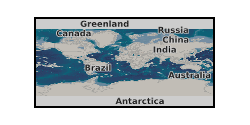
This presentation on the UKCCSRC Call 1 project, Flexible CCS Network Development, was presented at the Workshop1ES, 30.04.14. Grant number: UKCCSRC-C1-40.
 NERC Data Catalogue Service
NERC Data Catalogue Service